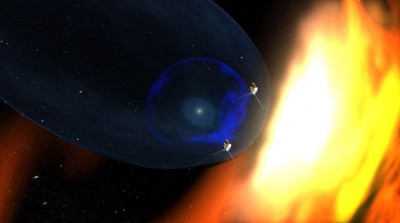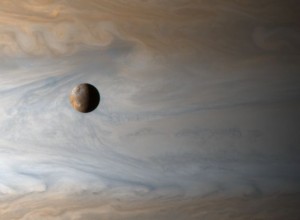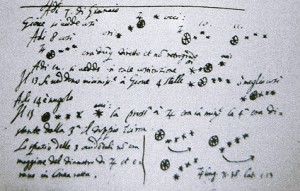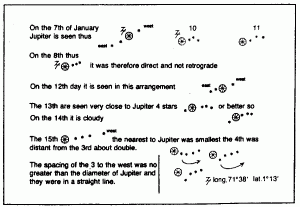
I discovered science fiction in my early teens but it was always hard to find the great stories in the midst of a lot of drivel. This list of 100 good science fiction and fantasy books seems to be a good start. Most of the books on the list are worthy, but it completely misses John Wyndham (The Chrysalids among others) and Brian Stableford (e.g. War Games). There are also a few that bored me to tears (Bradley’s Avalon) and some that I did not think were very well written (Crichton’s Sphere).
I like science fiction because it tends to deal with some of the big issues that adolescents are facing. Who am I, what’s the future going to be like, what does it mean to be human, what’s my place in society, and of course, wouldn’t it be nice it everyone just disappeared and I had the world all to myself? You also get to tie it in to the Natural World and Social World curriculum.
The Chrysalids is a great example. A post-apocalyptic novel, it looks at, among other things, institutional discrimination, the conflict between science and religion, and evolutionary theory (with it’s darker side eugenics). Wyndham addresses these issues with interesting characters and wonderful, intelligent storytelling (with a heroic journey). I’ve used this book as part of the life sciences curriculum for the tie-in to evolution, and to the history of the Cold War. But I also bring it up when we discuss human rights and discrimination.






